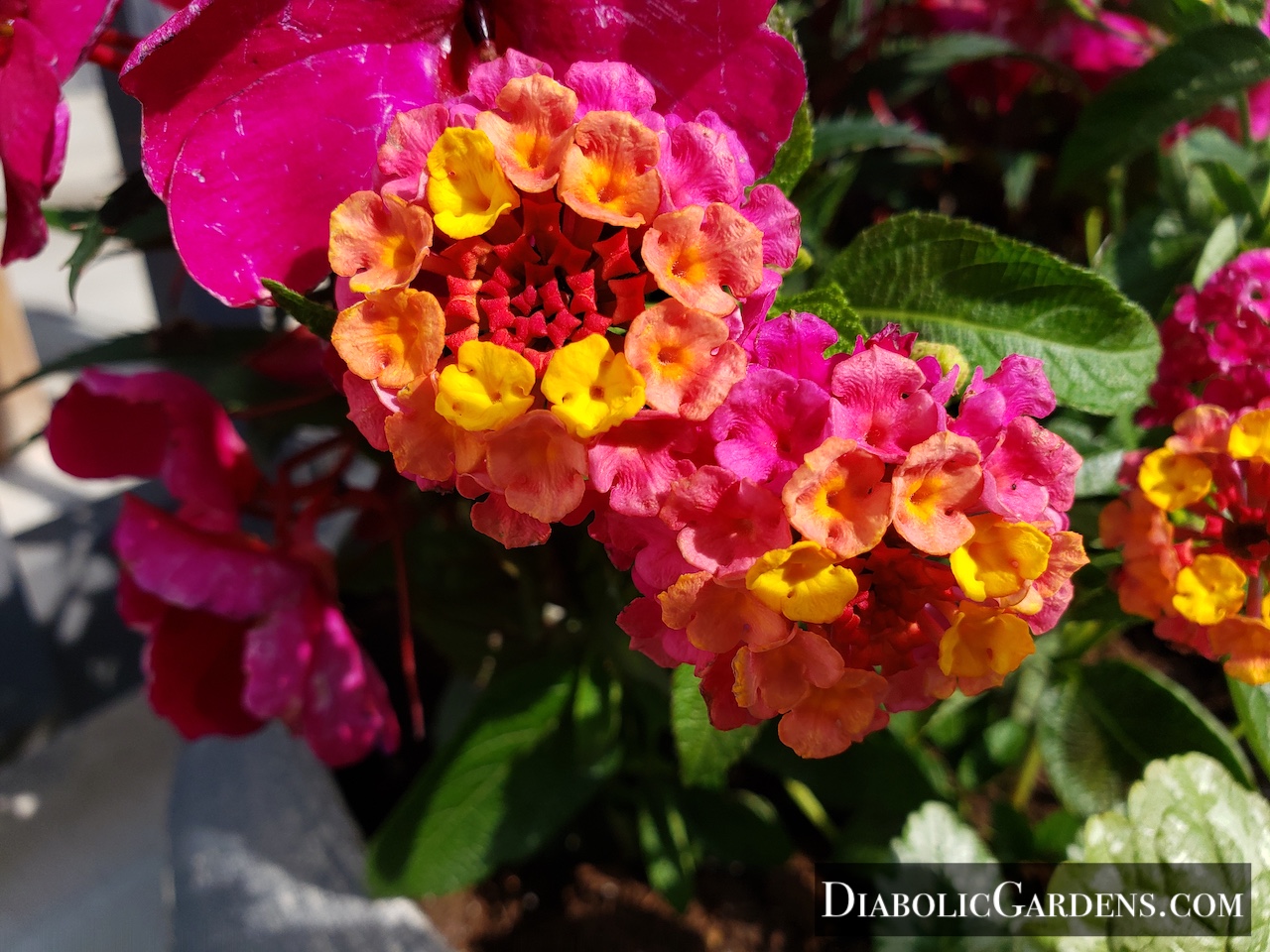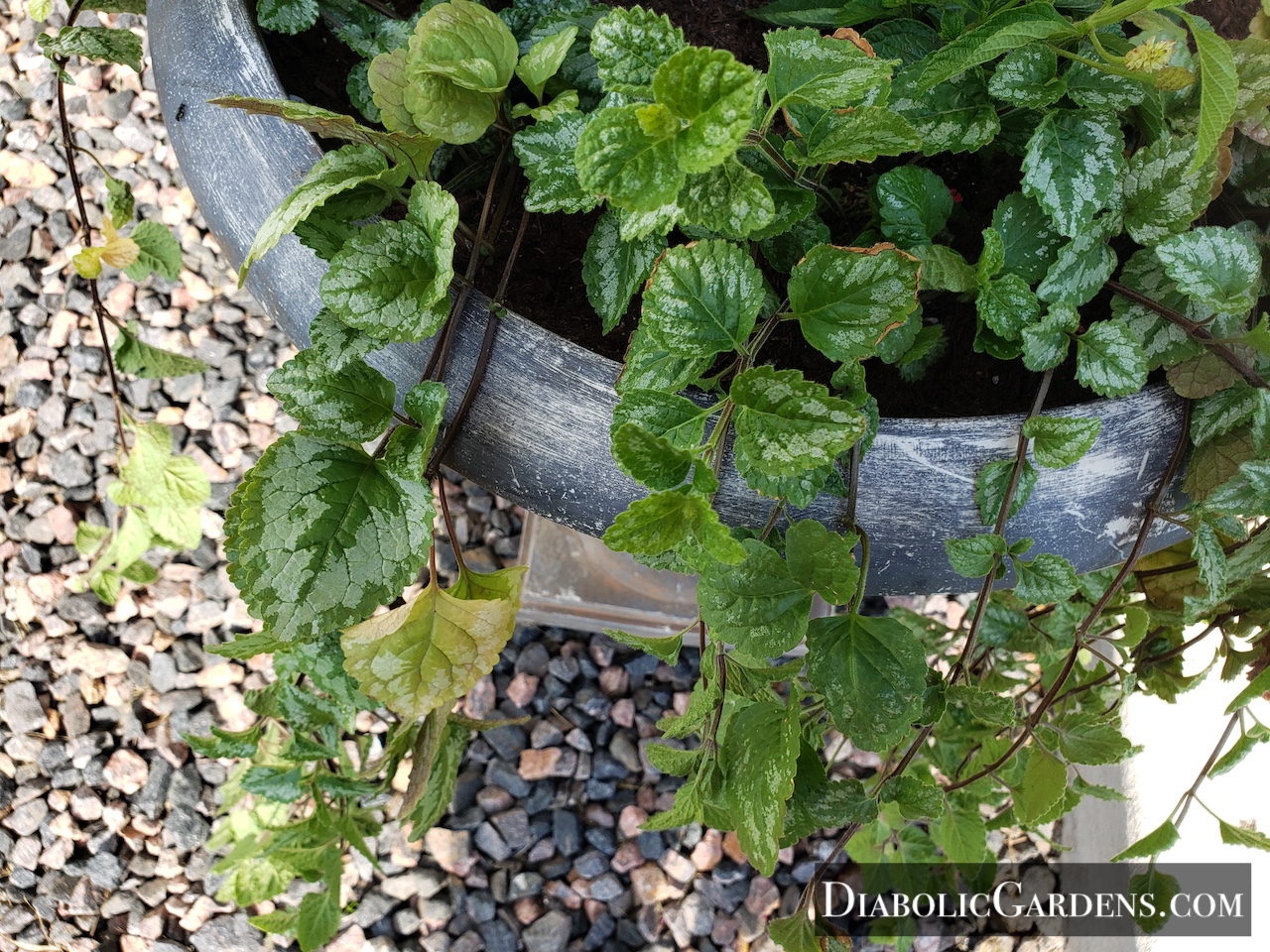Flora - Succulents / Cacti
Coppertone Stonecrop
Coppertone Stonecrop (Sedum nussbaumerianum) is a stunning succulent, highly prized for its vibrant, color-changing foliage. Coppertone Stonecrop is a low-growing, shrub-like succulent native to Mexico. It is famous for its fleshy, pointed leaves arranged in rosettes at the end of its stems. The leaves are a bright, apple-green or yellowish-green in the shade, but when exposed to ample direct sunlight, they develop spectacular coppery-orange to reddish-bronze hues, giving the plant its name.
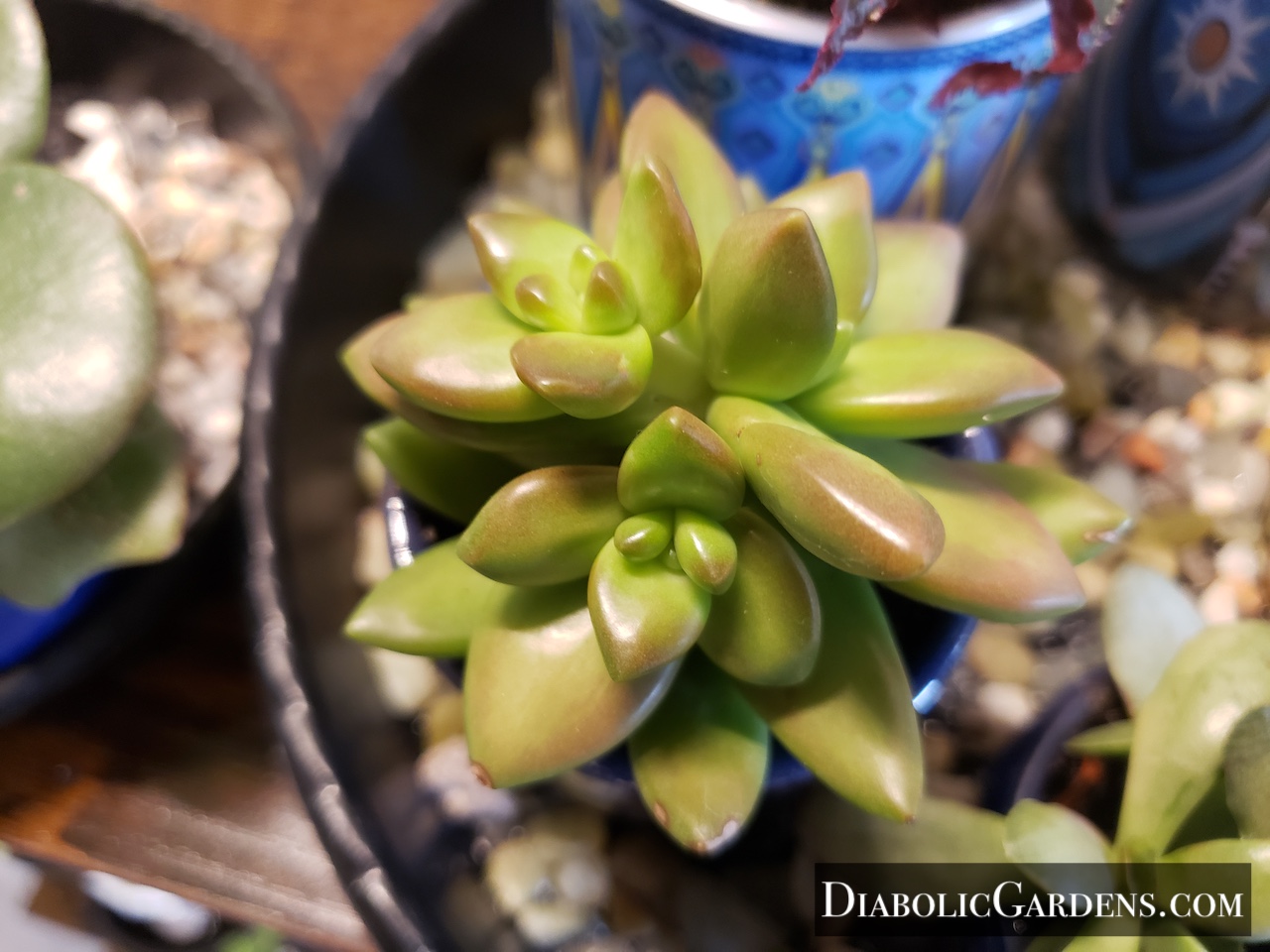
Coppertone Stonecrop
Sedum nussbaumerianum
Care:
Light:
This is a sun-loving plant. To achieve the signature coppery-orange color, it needs several hours of direct sunlight each day. An east-facing patio where it gets morning sun or a spot with bright, all-day filtered light is ideal. Intense, high-altitude afternoon sun can sometimes cause sunburn, so watch for any white or brown papery spots on the leaves. When indoors for the winter, place it in your sunniest window, typically a south-facing one.
Water:
Summer: During the growing season (spring and summer), use the "soak and dry" method. Water the soil thoroughly until it runs out the drainage holes, then wait for the soil to dry out completely before watering again.
Winter: When you bring the plant indoors for the winter, its growth will slow dramatically. Reduce watering to a minimum, perhaps once every month or two, just enough to keep the leaves from shriveling.
Soil:
Like all succulents, it demands excellent drainage to prevent root rot. Use a commercial cactus or succulent mix. You can also create your own by mixing potting soil with inorganic grit like perlite, pumice, or coarse sand.
Fertilizer:
Coppertone Stonecrop does not require much fertilizer. You can feed it with a diluted, balanced fertilizer once or twice during the spring or early summer growing season if desired.
Hardiness:
Coppertone Stonecrop is not frost-hardy. It is best suited for USDA hardiness zones 9b to 11b.
Propagation:
This succulent is incredibly easy to propagate:
Stem Cuttings: Snip off a rosette with a few inches of stem. Let the cut end dry and callous over for a few days, then plant it in dry succulent soil. Wait a week or two before watering lightly.
Leaf Cuttings: Gently twist a healthy leaf from the stem. Let it callous for a few days, then lay it on top of the soil. It will eventually sprout roots and a new baby plant from the base.
In late winter to early spring, it can produce clusters of small, star-shaped, fragrant white flowers.
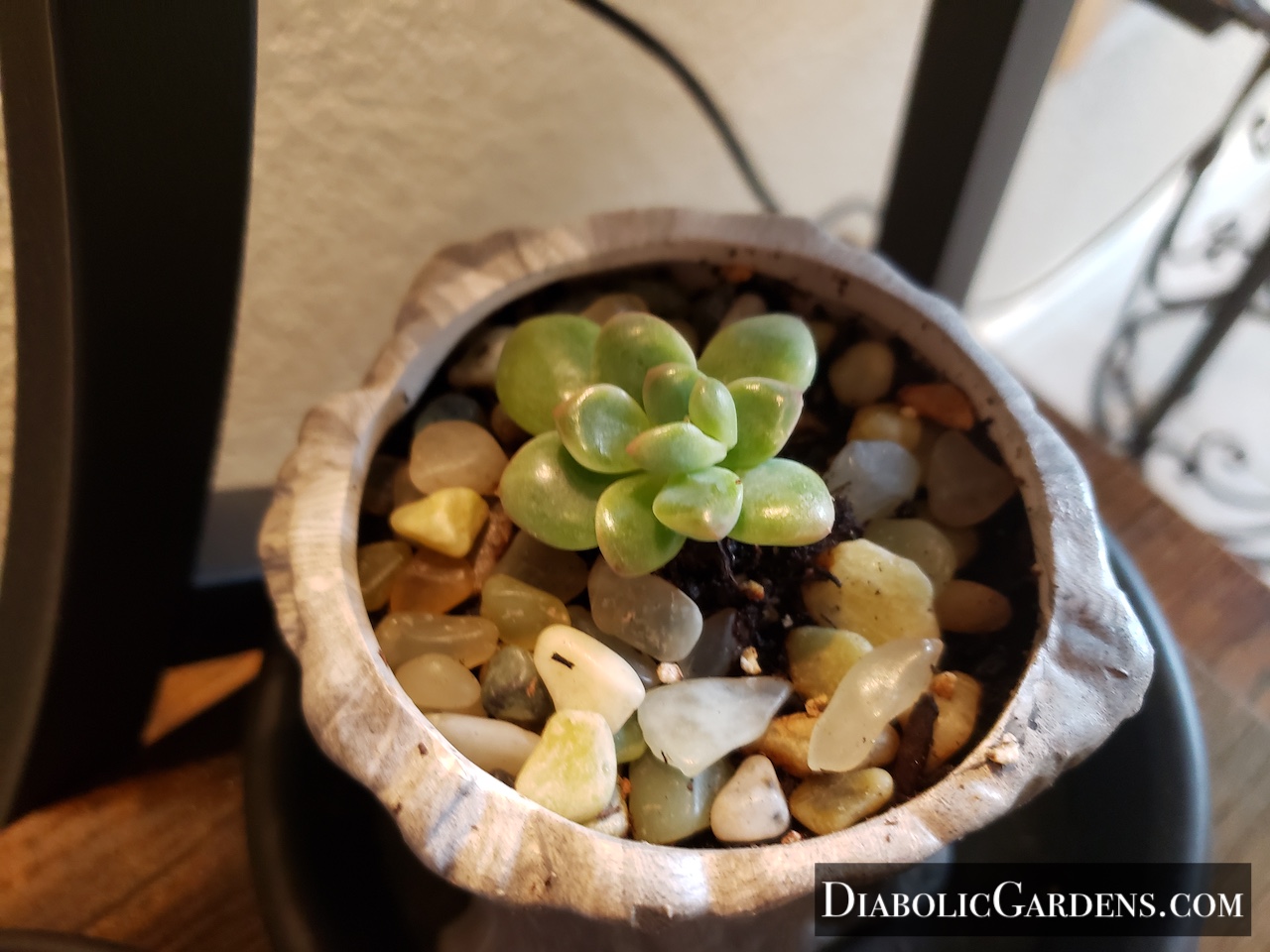
7/19/25

7/19/25
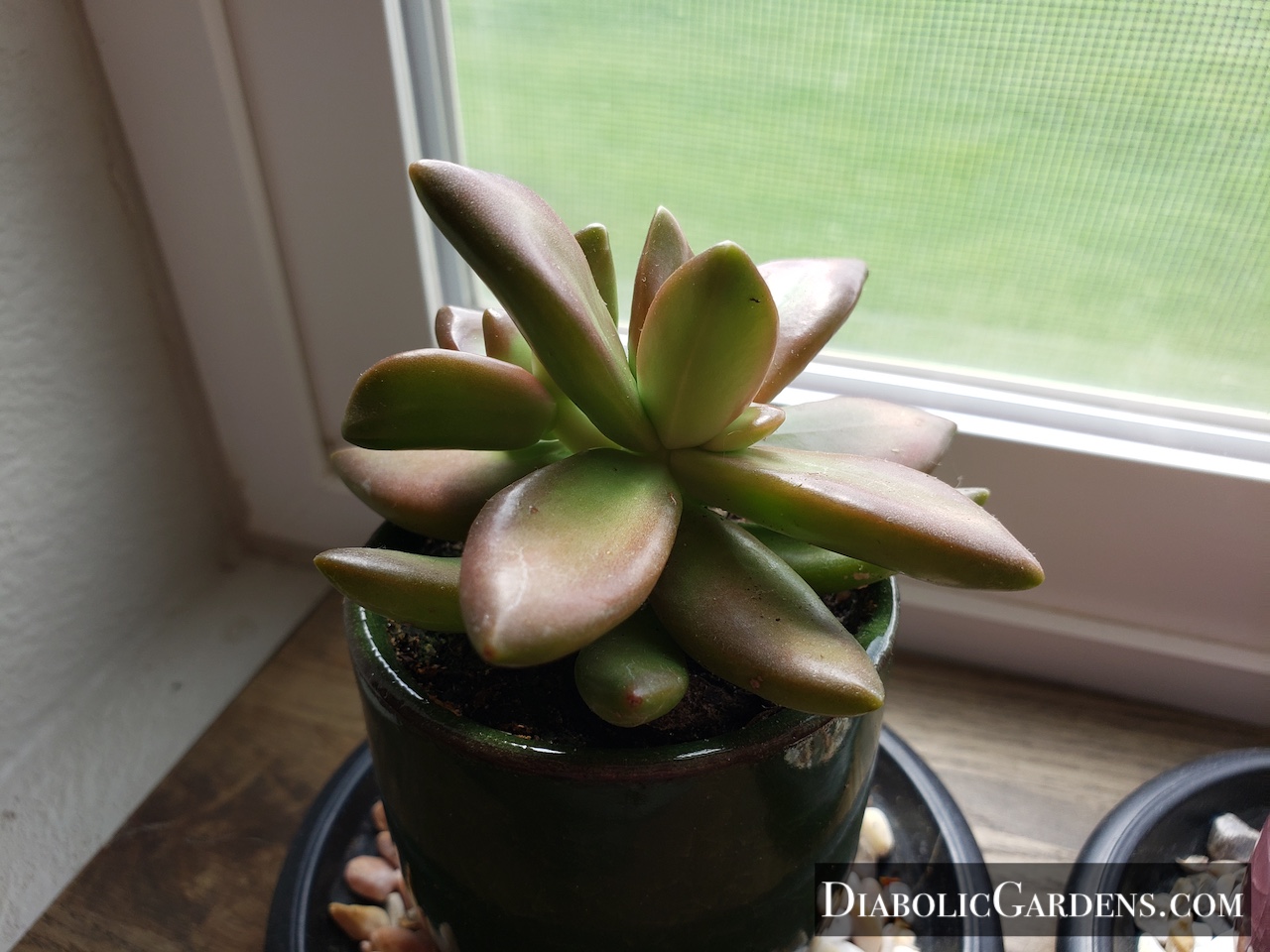
7/19/25
